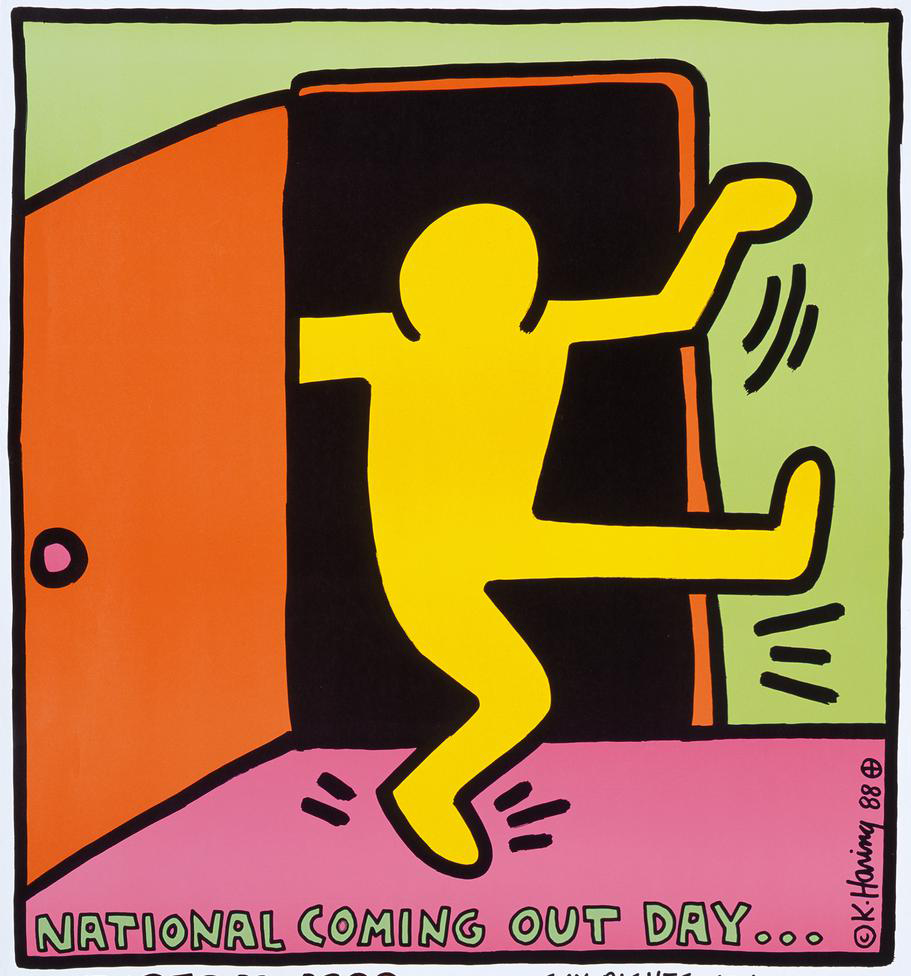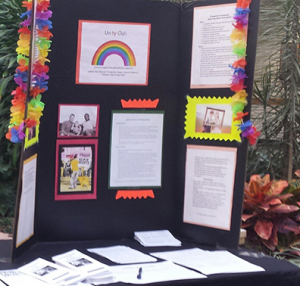
Uniting for National Coming Out Day

Every year on Oct. 11, National Coming Out Day (NCOD) is celebrated within the Lesbian, Gay, Bisexual, Transgender, Queer, Ally (LGBTQA) community. To honor the event, UHCL’s Unity Club gathered in Atrium I Oct. 8 to host coming out stories and a panel on LGBTQA issues with this year’s theme, “Coming Out Still Matters.”
“The purpose of this event is to promote togetherness,” said Andy Rouyer, vice president of event planning for Unity.
The event started around 11 a.m. with an introduction by Linda Contreras Bullock, assistant dean of student diversity, and one of the founding members of Unity Jennifer Clark, assistant director of student life, then shared her coming out story as an ally. Both speakers expressed satisfaction in working at an institution that embraced diversity.
Once the introductions for the event concluded, Ashley Connelly, president of Unity Club, invited attendees to the podium to share their coming out stories.
“I knew when I was in junior high,” said Andy, a UHCL undergraduate, “Well, I knew way before then, but it started more in eighth grade. So by the time I got to high school everyone knew I was the gay kid and was bullied. I am who I am, and I won’t apologize for that.”
When Shelby, a UHCL undergraduate, came out to her mom, her mom cried because she feared not having grandchildren.
“It’s not always going to be easy, but it will always will be worth it,” said Shelby, a UHCL graduate.

Not all of the people who shared their coming out stories have come out to their own families yet.
“I dated a lot of guys, but she was the first one I fell in love with,” said Stephanie, a UHCL undergraduate. “There’s no way I can tell my family I’m bisexual though.”
Christian ally Coretta Duplessis, president of Health and Wellness Club, was at first taken aback and confused by the LGBTQA community.
“And then I fell in love with Colden Snow [secretary for Student Orientation],” Coretta said. “When you group people, you follow the stigma, and that stigma isn’t right.”
Coretta said that her ignorance of the LGBTQA community led her to a misunderstanding of the people who identified themselves as LGBTQA.
In addition to sharing their stories, attendees were encouraged to use paint to imprint their hand on the Coming Out Closet. Attendees were also roused to post their secrets inside the closet, eat snacks and play charades.
The panelists started the discussion at 4 p.m. with topics ranging from distinguishing between labels to guidance on how to come out to family members

Panelists included: Shaun Simon, coordinator of women’s and LGBTQA student services; Jennifer McAdams, Counseling Services doctoral intern; Desdemona Rios, assistant professor of psychology; and Christine Henry, practicing psychologist in Counseling Services.
“If you want to have a clear understanding of what each label means, ask the person who identifies themself as that label,” McAdams said. “What one might consider pansexual might be the definition of how another considers demi-sexual.”
When the panel was asked about the appropriate time to come out to family and friends, the common answer was that there is no right way to do it.
“Coming out means different things for people and the process looks different depending on age, culture, religion, among other factors,” Rios said.
